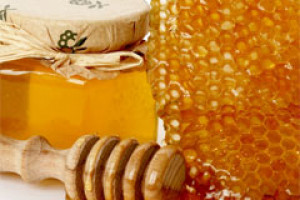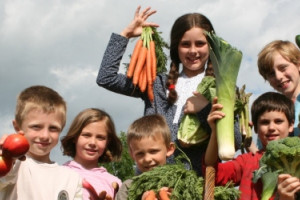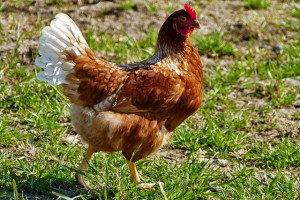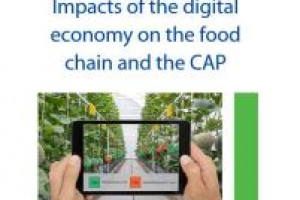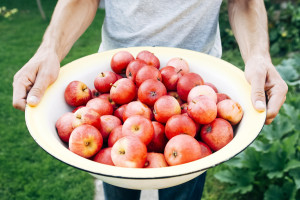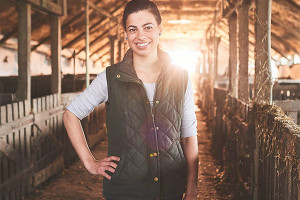EU wine measures have contributed to cost-effectiveness
EU wine measures have contributed to cost-effectiveness and increasing producer cooperation. As state aid rules for agriculture and forestry were found to be coherent and contributing to the common agricultural policy (CAP) objectives. These findings are part of two independently conducted studies evaluating the CAP measures applicable to the EU wine sector and state aid instruments for the EU agricultural and forestry sectors.

